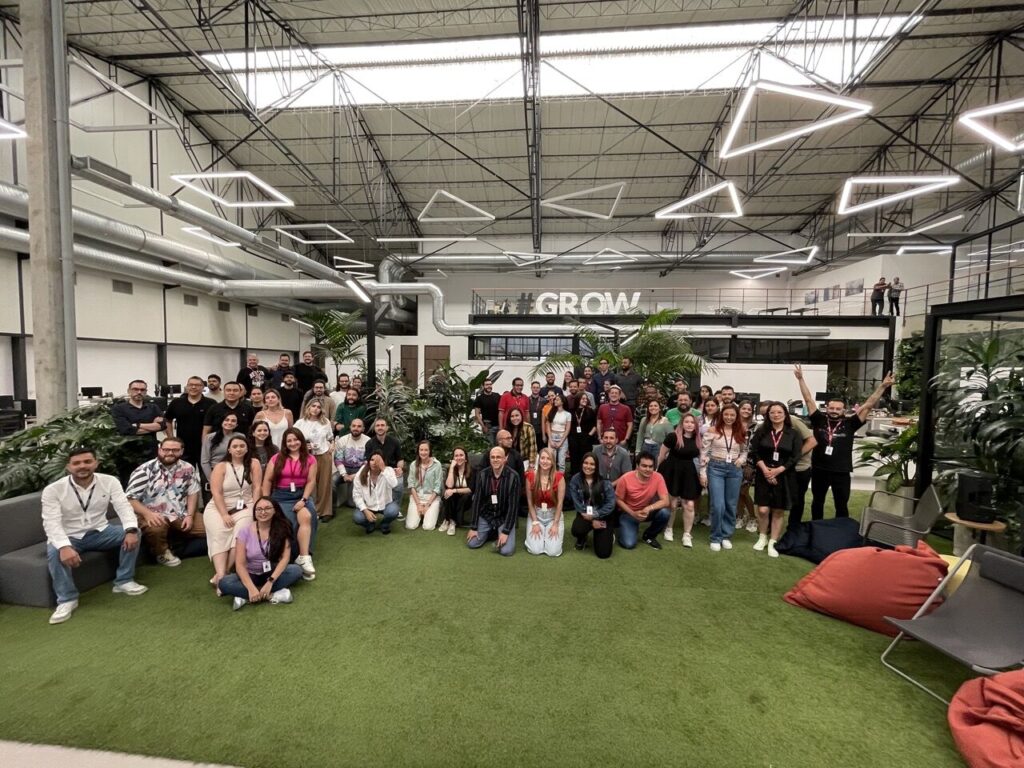Performance Oriented CultureÂ
A performance-oriented culture in a software development company focuses on achieving high productivity, quality, and speed in delivering software. This culture emphasizes continuous improvement, innovation, and excellence throughout the development process.
One way to cultivate this kind of culture is by aiming for a generative culture, as defined by Dr. Ron Westrum. A sociologist who studied safety-critical complex systems in aviation and healthcare. Dr. Westrum describes a generative culture as one that fosters cooperation, information flow, and innovation. according to him, there are three levels of organizational culture:Â
Â
Westrum’s Three Levels of CultureÂ
Pathological (Power-Oriented) Culture:Â
Characteristics: Low cooperation, hidden information, shirked responsibilities, discouraged bridging, punished failure, and crushed novelty.Â
Behavior: Organizations at this level focus on personal power, respond to failure with blame, and maintain an atmosphere of fear and secrecy.Â
Â
Bureaucratic (Rule-Oriented) Culture:Â
Characteristics: Modest cooperation, neglected information, compartmentalized responsibilities, allowed but discouraged bridging, justice-focused failure response, and problematic novelty.Â
Behavior: Bureaucratic cultures prioritize adherence to rules and procedures over outcomes. Information flow is restricted by formal channels, and failures prompt a search for responsible individuals rather than systemic improvement.Â
Â
Generative (Performance-Oriented) Culture:Â
Characteristics: High cooperation actively sought information, shared responsibilities, encouraged bridging, inquiry-focused failure response, and implemented novelty.Â
Behavior: Generative cultures emphasize performance and continuous improvement. Information is openly shared, collaboration is the norm, and failures are analyzed to learn and improve.Â
Â
Achieving a Generative CultureÂ
To cultivate a generative culture, organizations should focus on:Â
Â
Encouraging Open CommunicationÂ
Promote a safe environment where team members feel comfortable sharing ideas and feedback.Â
Example: Google’s “Project Aristotle†found that psychological safety is the key factor in high-performing teams. Google promotes open communication through various channels, ensuring team members feel safe speaking up.Â
Â
Empowering TeamsÂ
Give teams the authority and resources to make decisions and take ownership of their work.Â
Example: At Amazon, the “two-pizza team†rule ensures that teams are small and autonomous, with the power to make decisions quickly. This structure promotes ownership and accountability.Â
Â
Fostering CollaborationÂ
Break down silos and encourage cross-functional teamwork to solve problems and innovate.Â
Example: Spotify’s “squad†model organizes teams into small, cross-functional units that work on specific features or projects. This promotes collaboration and agility.Â
Â
Embracing Failure as LearningÂ
View failures as opportunities to learn and improve, rather than assigning blame.Â
Example: Etsy conducts blameless postmortems to analyze failures and learn from them. This practice helps build a culture of trust and continuous improvement.Â
Â
Seeking Continuous ImprovementÂ
Encourage a mindset of ongoing improvement and adaptation to changing circumstances.Â
Example: Teams at Atlassian use the playbook to conduct regular retrospectives, improve their workflows, and address any collaboration challenges. By following the playbook, teams can build stronger relationships and work more effectively together, leading to higher performance and job satisfaction.Â
Â
ConclusionÂ
A performance-oriented culture is essential for achieving high productivity, quality, and speed in software development. By implementing strategies to create a generative culture, organizations can foster an environment of collaboration, continuous learning, and innovation. Encouraging open communication, empowering teams, fostering collaboration, embracing failure as learning, and investing in professional development are key to building a high-performing and resilient organization.Â
Â
Perficient promotes a high-performance culture through its Growth for Everyone program, which emphasizes continuous learning, empowerment with essential tools and resources, and leadership development at all levels. By offering structured development pathways like the Consultant Curriculum, Learning to Lead, and Leading with Impact, along with comprehensive toolkits and the Perficient Academy, the company ensures employees have what they need to succeed. This commitment to a people-first, collaborative culture, backed by data-driven decision-making, aligns with the principles of a Performance Oriented Culture showcasing Perficient’s dedication to fostering an environment where every employee can thrive.Â
Â
How do you assess your company?Â
LevelÂ
QualifierÂ
1Â
Low cooperation and siloed organizations with minimal interaction between them.Â
2Â
Novelty discouraged. Silos have become well defined with narrow responsibilities and bureaucratic interfaces.Â
3Â
Modest cooperation between teams and across the organization; Information sharing is limited.Â
4Â
Root cause analysis is objective. Experimentation embraced or encouraged. Responsibilities are discussed in terms of overall risk.Â
5Â
High cooperation. Valuable information Flow. Failures are opportunities to improve the system. Risks are shared among teams.Â
Â
ReferencesÂ
Forsgren, N., Humble, J., & Kim, G. (2018). Accelerate: The Science of Lean Software and DevOps: Building and Scaling High Performing Technology Organizations. IT Revolution Press.Â
Westrum, R. (2014). “A Typology of Organizational Cultures.†Quality & Safety in Health Care, 13(Suppl 2), ii22-ii27.Â
Barr, A. (2020). Amazon Unbound: Jeff Bezos and the Invention of a Global Empire. Dey Street Books.Â
“Atlassian Team Playbook†– AtlassianÂ
“Project Aristotle.†Google Re:Work.Â
“Spotify’s Squad Model.†Spotify Engineering Blog.Â
“Etsy’s Blameless Postmortems.†Blameless Blog.
Â
Perficient continually looks for ways to champion and challenge our workforce, encourage personal and professional growth, and celebrate the unique culture created by the ambitious, brilliant, people-oriented team we have cultivated. These are their stories.Â
Learn more about what it’s like to work at Perficient on our Careers page. Connect with us on LinkedIn here.Â
Source: Read MoreÂ

